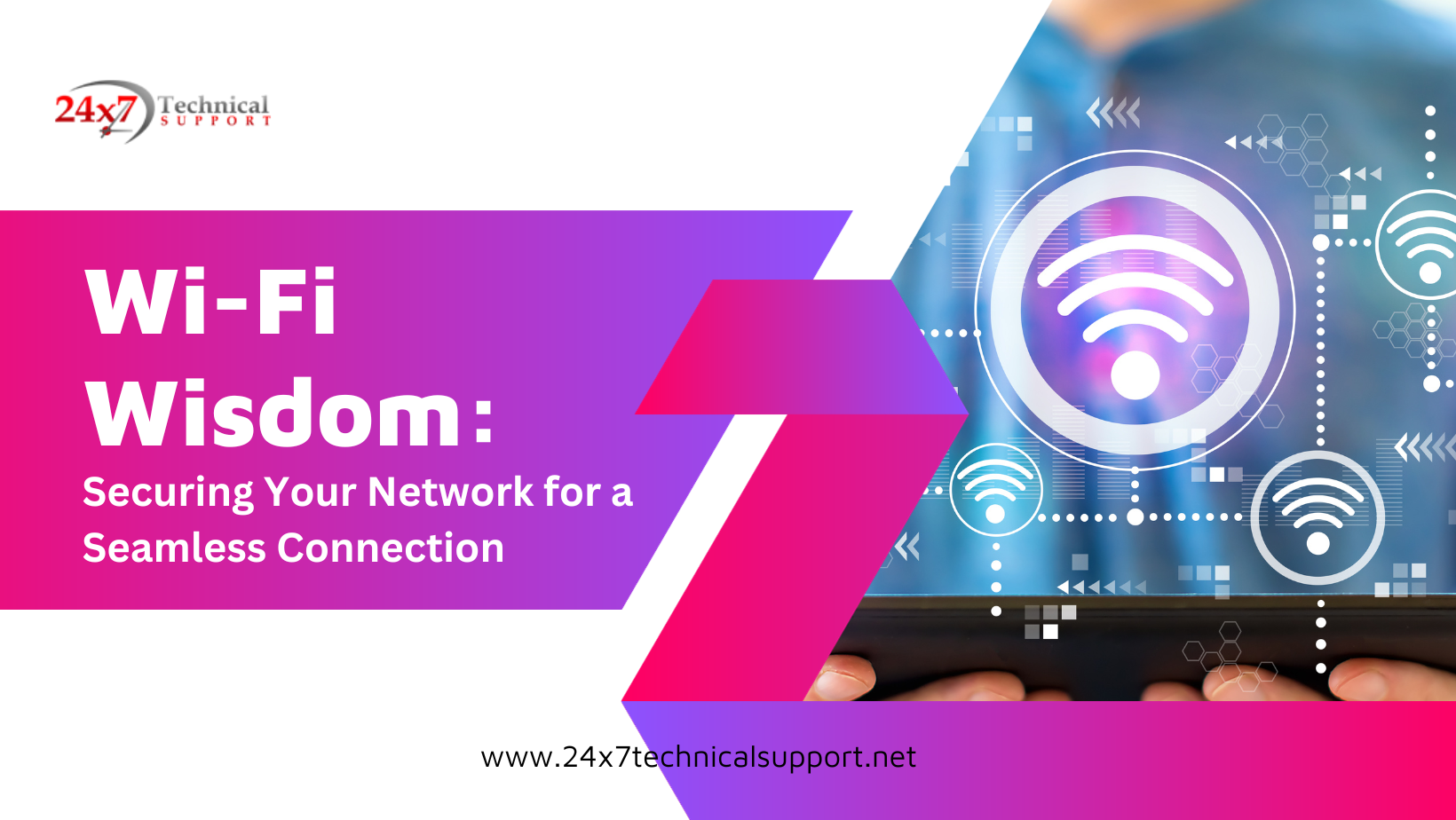
In our hyper-connected world, Wi-Fi has become an indispensable part of our daily lives. From remote work to streaming entertainment, the reliance on Wi-Fi networks is ever-increasing. However, with this convenience comes the critical responsibility of ensuring the security of your Wi-Fi network. This article will guide you through essential steps to fortify your Wi-Fi connection and keep your digital world safe.

Introduction
In an era where connectivity is king, the importance of securing your Wi-Fi network cannot be overstated. As we weave our lives into the digital realm, from smart homes to online banking, the need for a robust and secure Wi-Fi network is paramount. This article explores the nuances of Wi-Fi security, offering insights and actionable steps to fortify your connection.
Understanding Wi-Fi Vulnerabilities
Before diving into the nitty-gritty of Wi-Fi security measures, it’s crucial to understand the potential vulnerabilities. Common threats such as unauthorized access, data interception, and malware attacks pose real risks to unsecured networks. By comprehending these risks, you empower yourself to take proactive steps to mitigate them.
Setting a Strong Foundation: Router Security
The first line of defense for your Wi-Fi network is your router. Choosing a secure router and regularly updating its firmware are fundamental steps in establishing a secure foundation. This section delves into the criteria for selecting a secure router and the importance of keeping its software up to date.
Crafting Robust Passwords
Your Wi-Fi password is the gateway to your network, and a weak password is an open invitation to malicious actors. Learn about the importance of strong passwords and get practical tips for creating secure and memorable access codes.
Encryption Essentials
Wi-Fi encryption is like a secure language that ensures your data remains private. We explore the concept of Wi-Fi encryption and guide you through configuring WPA3, the latest encryption standard, to enhance the security of your network.
Network Name Concealment
Hiding your network name might seem like a covert operation, but it adds an extra layer of security. Uncover the benefits of concealing your SSID and learn how to enable or disable SSID broadcasting.
Access Control Measures
Limiting the devices that can connect to your network is a powerful way to enhance security. Explore the world of MAC address filtering and discover how to control access to your Wi-Fi network effectively.
Regular Security Audits
Security is an ongoing process, not a one-time event. This section emphasizes the importance of regular security audits and introduces tools and methods to assess the robustness of your Wi-Fi security.
Guest Network Best Practices
If you frequently host guests, setting up a separate network for them is a savvy move. We delve into the benefits of isolating guest networks and guide you through implementing access controls to ensure a secure guest experience.
Firmware and Software Updates
From your router to your smart devices, keeping everything updated is crucial for closing potential security loopholes. Learn why timely updates are essential and how to ensure all your devices are running the latest software.
VPNs for Added Protection
Virtual Private Networks (VPNs) offer an extra layer of protection for your Wi-Fi traffic. Understand the basics of VPNs and get step-by-step instructions on configuring a VPN for your Wi-Fi network.
Physical Security Considerations
It’s not just about digital security; physical security matters too. Discover the importance of securing the physical location of your router and simple measures to prevent unauthorized physical access.
Educating Users: Family and Employees
A secure Wi-Fi network is a collective effort. Educate your family or employees about the importance of Wi-Fi security, and conduct regular training sessions to instill good security practices.
Troubleshooting Wi-Fi Security Issues
Even with the best precautions, issues can arise. This section addresses common Wi-Fi security problems and provides practical solutions. Know when to troubleshoot on your own and when to seek professional help.
Conclusion
In the rapidly evolving landscape of digital connectivity, securing your Wi-Fi network is not a one-size-fits-all endeavor. By implementing the measures outlined in this article, you take significant strides toward fortifying your digital fortress. Remember, a secure Wi-Fi network is not just about protection; it’s about ensuring a seamless and worry-free online experience.
FAQs
- Is hiding my SSID enough to secure my Wi-Fi network?
- While hiding your SSID adds a layer of security, it’s not foolproof. Combine it with other measures for robust protection.
- How often should I update my router’s firmware?
- Aim to update your router’s firmware at least once every three to six months to stay ahead of security vulnerabilities.
- Can I use the same password for all my devices?
- It’s not advisable. Use unique passwords for each device to prevent a security breach if one device is compromised.
- Do I need a VPN for my home Wi-Fi network?
- While not mandatory, a VPN adds an extra layer of security, especially when accessing sensitive information online.
- What should I do if I suspect unauthorized access to my Wi-Fi network?
- Change your Wi-Fi password immediately, run a security audit, and consider contacting your internet service provider.